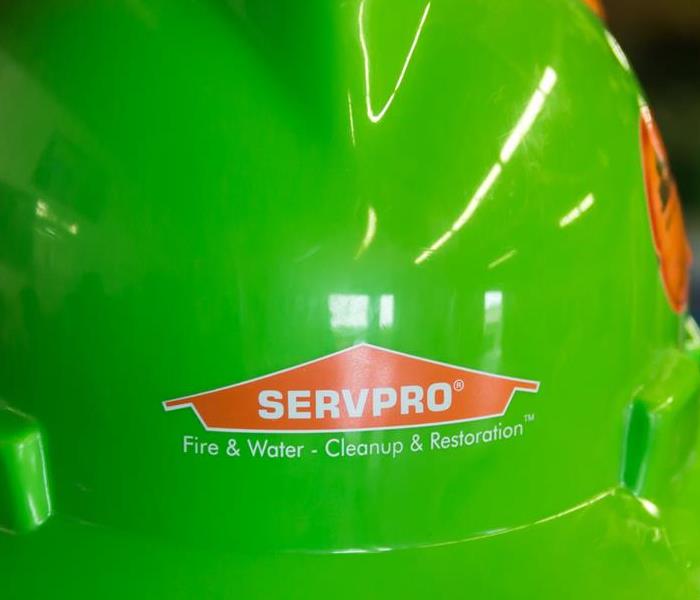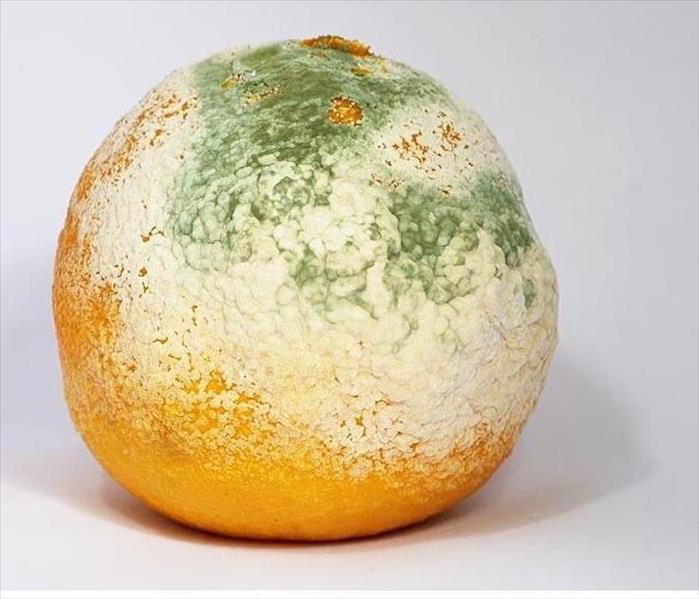What Is The SERVPRO Commercial Mold Remediation Process?
8/14/2023 (Permalink)
Minor water intrusions, like a slow roof leak or loose plumbing fitting, can cause mold infestations. Every hour you spend cleaning up is an hour of lost revenue and productivity, and even then, the mold can reappear; once a mold colony is established, it can never be completely eradicated. Some companies claim they can remove mold forever, but that is false.
Why Should I Work With SERVPRO Of Hermitage/Donelson To Handle A Mold Infestation?
SERVPRO of Hermitage / Donelson will respond quickly and work fast to manage the situation.
- We Provide 24-Hour Emergency Service
- We Are Faster to Disasters Of All Sizes
- We’re A Trusted Leader in the Mold and Water Restoration Industry with over 2160 Franchises
- We Employ Highly-Trained Mold and Water Damage Restoration Specialists
What Is The SERVPRO Of Hermitage Donelson Mold Remediation Process?
Every mold damage scenario is different and requires a unique solution, but the general mold remediation process stays the same. The steps listed below illustrate our “typical” process:
- Emergency Contact - (615) 242-9391. The mold cleanup and restoration process begins when you call us. Our representative will ask questions to help us determine the necessary equipment, resources, and personnel.
- Inspection and Mold Damage Assessment. Local and state laws may require a specific inspection and documentation protocol based on the size of the affected area. We can advise you on this process, providing guidance based on your situation. We carefully inspect your property for visible signs of mold. Mold feeds on cellulose and water and can be hidden from plain view. We use various technologies to detect mold and hidden water sources.
- Mold Containment. Our professionals use various containment procedures to prevent the spread of mold. We may use advanced containment procedures like negative air chambers to isolate the contaminated area with physical barriers and negative air pressure to prevent mold spores from spreading during the cleanup process. All fans and heating and cooling systems will be turned off to prevent the spread of mold.
- Air Filtration. Our specialized filtration equipment allows our Professionals to capture microscopic mold spores out of the air. We utilize powerful “air scrubbers” and HEPA vacuums to prevent the spread of these mold spores while mold remediation is in process.
- Removing Mold and Mold-Infested Materials. The mold remediation process depends on the amount of mold growth and the types of surfaces on which the mold appears. We’ll use antifungal and antimicrobial treatments to eliminate mold colonies and to help prevent new colonies from forming. Removing and disposing of mold-infested porous materials, like drywall and carpeting, may be necessary to remediate heavy mold growth.
- Cleaning Contents and Belongings. We clean your furniture, decorative items, curtains, clothing, and other restorable mold-affected items. We use a variety of cleaning techniques to clean and disinfect your belongings. We’re also trained to remove odors and deodorization using fogging equipment.
- Restoration. Depending on the level of mold damage, drywall, subfloors, and other building materials may have been removed. Restoration may involve minor repairs, such as replacing drywall, painting, and installing new carpet, or major repairs, such as the reconstruction of various areas or rooms in a home or business. The restoration step gets your home or business back to normal.
SERVPRO of Hermitage/Donelson handles commercial mold remediation, commercial water restoration, commercial fire restoration, commercial storm damage and major events, and much more!
This franchise is independently owned and operated.






 24/7 Emergency Service
24/7 Emergency Service

